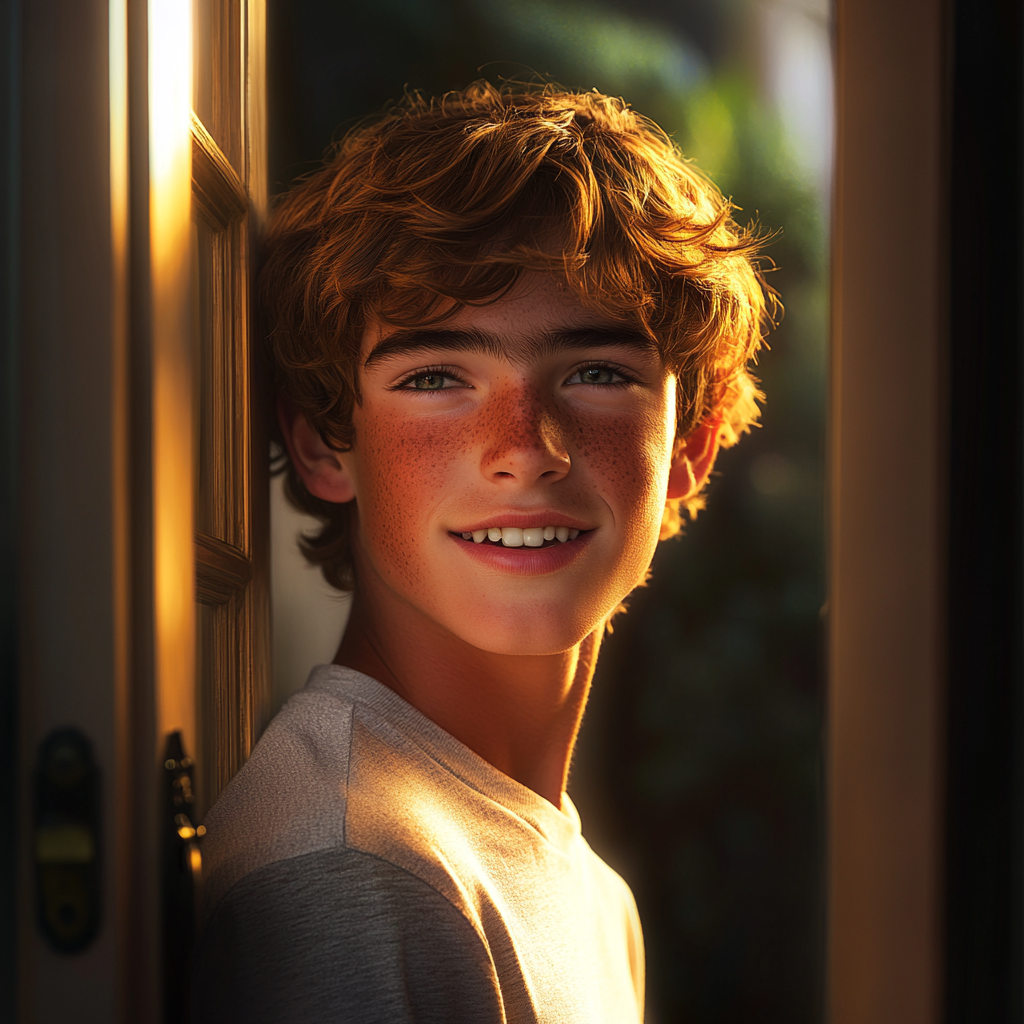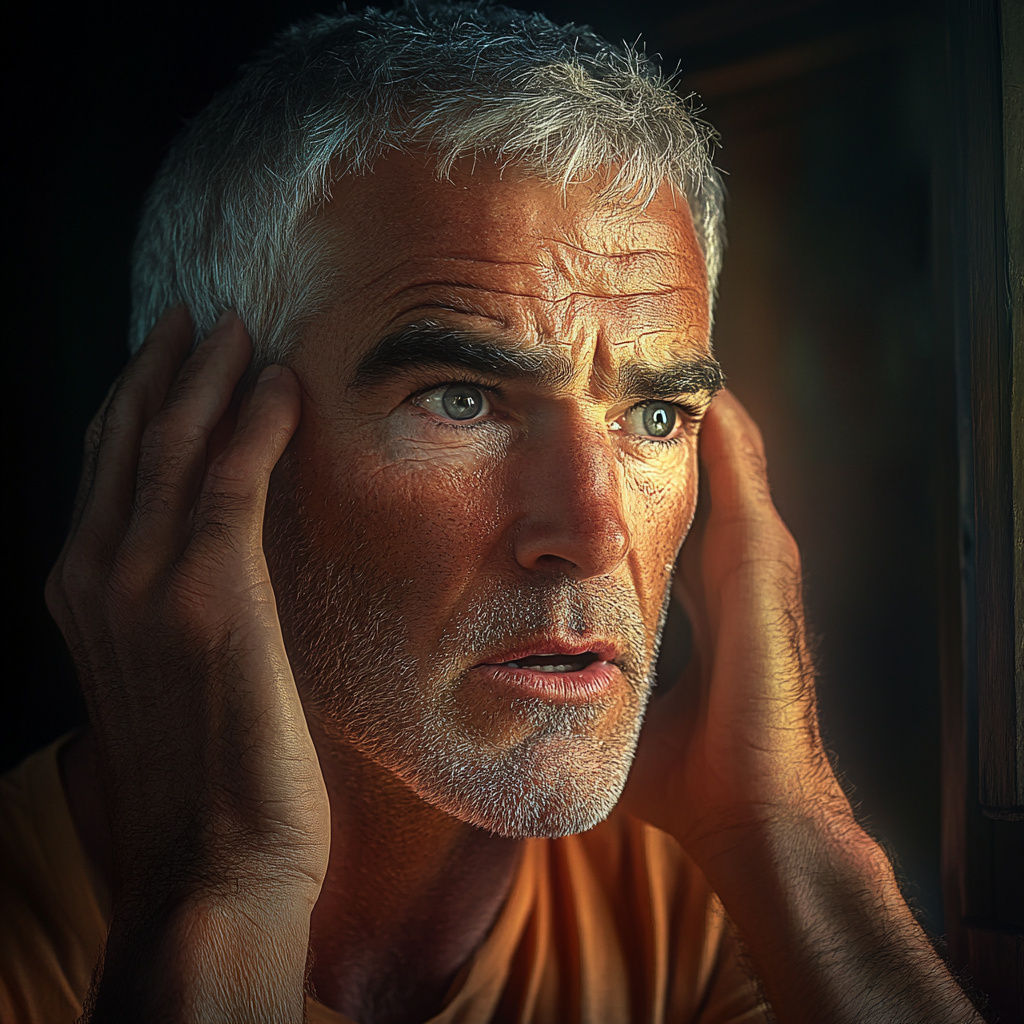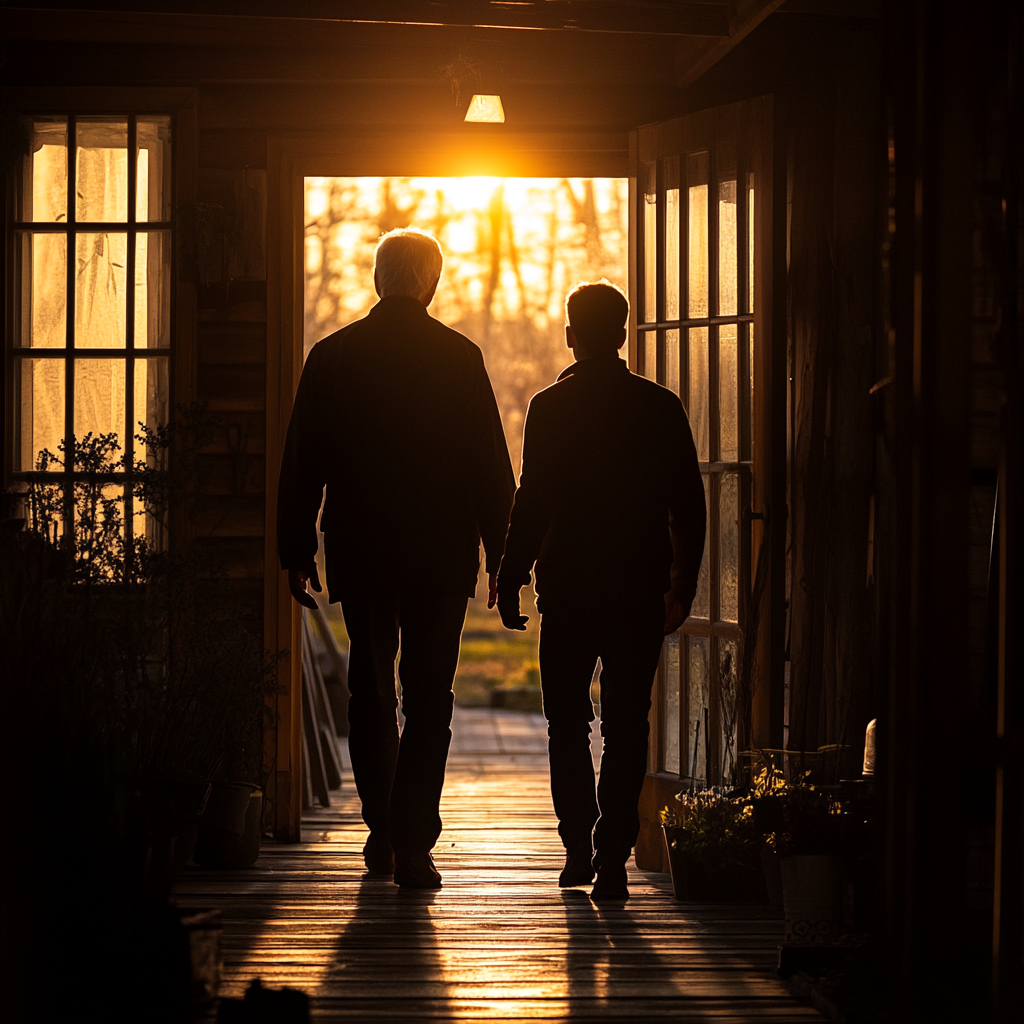
Deemed a “Dystopian Apartment,” a building in China has recently gone viral on TikTok. Incredibly, it has the ability to host up to 30,000 residents.
The video was posted by @fatheristheone using a drone and caught people’s attention for more than just the impressive interior and unique design.
People were also astonished after seeing footage that truly captivates the enormity of the building.
Many people have read at least one novel focusing on a Dystopian society. Or at least understand that it describes a society that lives in fear or has been dehumanized.
Most works have been fiction, although some might argue they’re a possible warning about the future.
Either way, China currently has an apartment building that can house up to 30,000 residents at one time. Furthermore, containing everything residents could possibly need.
Features of the Dystopian Apartment
The “dystopian” apartment, called the Regent International, is located in Qianjiang Century City, more specifically, in Hangzhou’s central business district.
The building was actually designed by Alicia Loo, chief designer of a 7-star hotel called the Singapore Sands Hotel, and was inaugurated in 2013.
Impressively, the building is 675 feet tall and is currently home to around 20,000 residents. It is an S-shape and has 36, or 39, floors depending upon which side of the building you are.
Unsurprisingly, it’s one of the most densely populated areas in the world, thanks to the numerous residents coexisting under one giant roof.
Within the more than 30 floors of the Regent International, there are a number of amenities. Some include restaurants, swimming pools, and nail salons.
The building also contains its own grocery stores and internet cafes. Essentially, anything one might find “in town” can be found indoors the “dystopian apartment”.
As a result, many residents may never step foot outside again. Posing the question, will they also never get any fresh air or feel the sunlight on their skin? First, the residents aren’t forced to stay indoors, nor are they forced to live in the “dystopian apartment.”
In contrast, most residents are young professionals and influencers or college students. Both of them greatly benefit from the cost-effectiveness and convenience of living in a place such as an S-shaped building.
Advantageous Living
Living there seems to be incredibly convenient for residents as they have everything they could possibly need under one roof.
Convenience isn’t the only advantage. Its affordability is another great benefit to living at Regent International.
Units vary in size and cost but range from 1,500 RMB, which is equivalent to around $200.00 per month, to 4,000 RMB, which is just under $600.00 per month.
While some are apprehensive, calling it a “dystopian apartment,” others have praised the innovation behind the building. It’s even been called “the most sustainable living building on earth.”
Another interesting advantage comes to light in the midst of a housing crisis that is seemingly sweeping the U.S. The “dystopian apartment” could serve as a model for how the U.S. can possibly create more living spaces for people without taking up copious amounts of land.
Interestingly, one state has already developed something like the hotel turned apartment city. Whittier, a city in Alaska, has a 14-floor building in which all 272 residents live. It, like the building in China, has everything one would find “in town.” This includes a church, school, post office, and police station.
Possible Downsides
Like everything in life, this, too, has pros and cons. After all, the building has been referred to as “dystopian apartment” for a reason.
As previously mentioned, many people are wondering how so many people can live in one place. U.S. residents tend to prefer privacy. Space from their neighbors. Even a yard to hang out in or for their dogs to play.
A major drawback to a housing solution like this is that people will have very little space of their own, with little opportunity to be outdoors or get fresh air. Luckily, the problem of getting fresh air can be remedied by taking a stroll or renting one of the larger units in the Regent International, as some come with balconies, providing some relief from living in there.
Man Finds a Baby Boy Wrapped in Blankets in a Basket and Adopts Him—17 Years Later, a Stranger Returns for the Boy

A grieving, lonely fisherman found hope and a reason to live when he discovered a baby boy abandoned on his doorstep. He adopted the boy and raised him with boundless love and pride. But 17 years later, a wealthy stranger arrived, threatening to tear their world apart and take the boy away.
The weathered fishing boat rocked gently against the dock as Lucas secured the last knot. At 54, his calloused hands moved with practiced ease, even as arthritis crept into his joints.
The small house on the village outskirts waited for him, just as it had every evening since Maria passed. No children’s laughter, no warm embrace — just the quiet company of his thoughts and the photos of the woman he’d loved too much to replace.

A man tying a boat | Source: Midjourney
“Evening, Lucas!” Old Tom called from his porch. “Good catch today?”
“Just enough,” Lucas answered, lifting his basket. “The fish aren’t as lonely as we are, eh?”
“You ought to get yourself a dog at least,” Tom suggested, not for the first time. “That cottage needs some life in it.”
Lucas smiled politely but said nothing. Maria had loved dogs. That was reason enough not to get one.

A sad man standing outside his cottage | Source: Midjourney
The flames danced in the fireplace as he settled into his chair, another solitary evening stretching before him. The day’s routine played through his mind: watering the tomatoes at dawn, feeding the chickens, and walking the empty streets to his boat.
He glanced at Maria’s photo on the mantel. “Should’ve listened when you wanted children,” he murmured. “Always said we had time. Now look at me, talking to your picture like you might answer back.”
Suddenly, a sound cut through his thoughts, faint but distinct. It was like a whimper or a cry carried on the winter wind. Lucas lowered his coffee cup and listened. There it was again, more insistent this time.

A man sitting by the fireplace | Source: Midjourney
His joints protested as he rose and shuffled to the door. The porch boards creaked beneath his feet as he peered into the darkness. Another cry, clearer now.
“Hello?” he called, but only silence answered.
His heart nearly stopped when he saw it — a woven basket on his doorstep, blankets stirring inside. As he knelt beside it, tiny fingers reached up, grasping at the cold night air.
“Dear God,” he whispered, gathering the bundle into his arms. A baby boy, no more than a few months old, stared up at him with big, curious eyes.

A baby wrapped in blankets in a basket | Source: Midjourney
“Where did you come from, little one?” Lucas scanned the empty street, but whoever had left this precious cargo was long gone, leaving just a note in the basket:
“Don’t look for me. Please take care of him. And love him like your own. Thanks & Goodbye.”
The baby whimpered, and Lucas felt something stir in his chest. It was an emotion he thought had died with Maria.
“Shh, it’s alright,” he soothed, cradling the child close. “Let’s get you warm. Maria,” he whispered to the night sky, “I think you might’ve had a hand in this. You always said miracles come when we least expect them.”

A man holding a baby | Source: Unsplash
Inside, Lucas wrapped the baby in one of Maria’s old quilts, its faded flowers still soft after all these years. The infant’s cries settled into gentle coos as Lucas warmed some milk on the stove, remembering how old Tom’s daughter used to feed her babies.
“You need a name, little one,” he murmured, testing the milk’s temperature on his wrist. The baby’s tiny fingers wrapped around his weathered thumb, holding on with surprising strength. “You’ve got a good grip there. Like a fisherman.”
The baby gurgled, his eyes fixed on Lucas’s face with what seemed like curiosity. A tear rolled down Lucas’s cheek as he remembered Maria’s words from years ago:“A child’s love is the purest thing in this world.”

A baby covered in a cozy white blanket | Source: Unsplash
“Matias,” he said softly, the name coming to him like a whisper from the past. It was Maria’s father’s name, a good strong name for a boy. “What do you think about that, little one? Would you like to be Matias?”
The baby cooed, a smile breaking across his tiny face. Lucas felt his heart melt completely.
“Then it’s decided. You’ll be my son, Matias. I may not have much, but everything I have is yours. We’ll figure this out together.”

A man holding a baby | Source: Midjourney
That night, Lucas made a makeshift crib from an old wooden crate, lining it with soft blankets. He placed it next to his bed, unable to bear the thought of the child being alone in another room.
As moonlight filtered through the window, he watched Matias’s chest steadily rise and fall.
“I promise you,” he whispered, reaching down to touch the baby’s velvet cheek, “I’ll be the father you deserve.”
The baby slept peacefully, one tiny hand still curled around Lucas’s finger, as if already knowing he was home.

A baby holding a man’s finger | Source: Pexels
Seventeen years passed like leaves on the wind.
The garden grew fuller, nourished by the sound of Matias’s laughter. Every morning, Lucas would wake to find Matias already in the garden, talking to the chickens as he fed them.
“Morning, Dad!” Matias would call out. “Rosa laid two eggs today. She’s your favorite, isn’t she?”
“Just like you’re my favorite son,” Lucas would reply with a wink.
“I’m your only son,” Matias would laugh, the sound warming Lucas’s heart more than any summer sun.

A cheerful teenage boy laughing | Source: Midjourney
One morning, as they worked together in the garden, Matias looked up suddenly. “Dad? Remember when you told me about finding me?”
Lucas’s hands stilled on the tomato vines. “Of course.”
“Were you… were you ever sorry? That someone left me here?”
Lucas pulled his son close, soil-covered hands and all. “Matias, you weren’t left here. You were given to me. The greatest gift I’ve ever received.”
“Even greater than when Mom said yes to marrying you?” Matias asked, his voice muffled against Lucas’s shirt.
“She would have loved you to the moon and back,” Lucas said, his voice rough with emotion. “Sometimes I see her in the way you tend to these plants. She had that same gentle touch.”

A cheerful older man smiling | Source: Midjourney
Each morning, Lucas watched his son devour breakfast before school, marveling at how the abandoned baby had grown into this bright, energetic young man. Matias’s eyes — so mysterious that first night — now sparkled with intelligence and mischief.
“Dad!” he called, bursting through the door after school. “Coach says I might make team captain next season!”
Lucas looked up from his fishing nets, pride warming his weathered face. “That’s my boy. Your mother would have—” He caught himself, as he sometimes did, speaking of Maria as if she were Matias’s birth mother.

A delighted teenage boy at the doorway | Source: Midjourney
“Tell me about her again?” Matias asked softly. “About how she used to garden? How she’d sing while cooking?”
“Another time, son. These nets won’t mend themselves.”
“You always say that,” Matias teased, grabbing an apple from the bowl. “One day you’ll run out of nets to mend, and then you’ll have to tell me everything.”
“Everything, eh?” Lucas chuckled. “Like how you used to think the chickens laid different colored eggs because they ate rainbow seeds?”
Suddenly, the screech of tires outside cut through their comfortable chatter. Through the window, Lucas watched a sleek red Mercedes pull up. It looked completely out of place in their humble neighborhood, like a peacock in a chicken coop.

A red car outside a cottage | Source: Midjourney
A tall man in an expensive suit emerged from the car, his shoes too shiny for their dusty street. He approached with purpose, each step measured and confident.
The knock, when it came, seemed to echo through the house.
“Can I help you?” Lucas asked, opening the door just wide enough.
“Mr. Lucas?” The man’s voice was cultured and careful. “I’m Elijah. We need to talk about the boy. I’m here to take him.”

A rich, suited man at a doorway | Source: Midjourney
The words hit Lucas like a gut punch. He had always lived in constant fear of their peaceful life being shattered. But he never imagined it would happen so quickly.
“Who on earth are you? I don’t know what you’re talking about,” he said, his fingers tightening on the doorframe until his knuckles went white.
“I think you do.” Elijah’s eyes fixed on a point over Lucas’s shoulder. “Hello, Matias.”
“How do you know my name?” Matias stepped forward, despite Lucas’s protective arm.
“Because you’re my nephew and I’ve been looking for you for 17 years.” Elijah’s voice softened. “May I come in? This isn’t a conversation for doorways.”

A startled teenage boy | Source: Midjourney
Lucas felt his legs go weak, but he stepped aside. In the living room, Matias sat close to him on the worn sofa, their shoulders touching.
“You can’t just come in here,” Lucas said, his voice trembling. “You can’t just walk into our lives after 17 years and—”
“Dad,” Matias touched his arm gently. “Let’s hear him out.”
The story spilled out like water from a broken dam. Elijah spoke of his sister — Matias’s mother — of her struggles, her disappearance, and her deathbed confession just weeks ago.

A shocked senior man | Source: Midjourney
“She was young and scared,” Elijah explained, his perfectly manicured hands clasped in his lap. “Our father wouldn’t have understood. She ran away with you after her boyfriend, your dad, dumped her, hoping you could have a better life than she could provide at that time.”
“So she left me on a doorstep?” Matias’s voice cracked. “Like I was NOTHING?”
“She watched,” Elijah said softly. “She watched Lucas take you in. Watched from afar as you grew. She chose this house because she’d seen Lucas with his wife, before. She knew you’d be loved here. She told us everything when we found her, after 17 exhausting years.”

A man staring at someone | Source: Midjourney
“You have to understand,” Elijah continued, turning to Lucas, “he’s all we have left of her. And there’s so much waiting for him. The best schools, connections, opportunities. A life beyond…” he gestured at their modest surroundings.
“This life,” Lucas interrupted, his voice fierce, “has been filled with more love than any luxurious mansion could hold.”
“Dad, please,” Matias whispered, squeezing his hand.

A distressed older man holding his head | Source: Midjourney
“He’s right though, isn’t he?” Lucas’s voice broke. “You deserve more than fish nets and vegetable gardens. More than an old man’s company.”
“He deserves a better life,” Elijah chimed in.
“I want to go,” Matias said softly after a long silence.
Lucas turned, stung. The words felt like Maria dying all over again.
“Son—”

An emotional teenage boy with his eyes downcast | Source: Midjourney
“Just to know them. To understand.” Matias’s eyes pleaded for understanding. “I’ll come back, Dad. I promise. I need to know where I came from to know where I’m going.”
“Of course you will.” Lucas forced the words past the lump in his throat. “This is your home. It always will be.”
The goodbye was quick, too quick for 17 years of love. Lucas helped pack a bag, his hands shaking as he folded Matias’s favorite blue sweater, the one he’d saved three months of fishing money to buy.

An emotional man holding a blue sweater | Source: Midjourney
“The garden,” Matias said suddenly, pausing at the door. “Don’t let it die while I’m gone. Mom’s roses especially.”
Lucas nodded, not trusting his voice.
“I’ll call every day,” Matias promised, hugging him fiercely. “Every single day. And I’ll be back before you know it.”
Lucas stood in the doorway, watching the red Mercedes disappear, taking his heart with it. The last thing he saw was Matias’s face turned backward, watching him through the rear window, pressing his hand against the glass.

A boy sitting in a car | Source: Midjourney
Days blurred together. And the silence around Lucas grew heavier with each passing week.
Matias’s calls came regularly at first, full of wonder at his new world. Then, less frequently, shorter, until they felt like conversations with a stranger.
The vegetables ripened and died on the vine. Lucas couldn’t bear to pick them up without Matias’s help. Even the chickens seemed to miss him. Rosa wouldn’t lay eggs for days, and the others pecked listlessly at their feed.
“He’s not coming back, is he, girl?” Lucas murmured to Rosa one morning. “Can’t blame him. Who’d choose this hut over the castle they’re offering him?”

A sad older man hugging a chicken | Source: Midjourney
Every night, he’d sit in Matias’s room, looking at the soccer trophies, the school photos, and the little seashell collection they’d gathered together over the years.
“He’s living the life he deserves,” Lucas told Maria’s picture each night. “The life you’d have wanted for our own. But God, I miss him. Miss him like I miss you.”
The house felt bigger somehow. And emptier. The silence was no longer peaceful but oppressive. Lucas found himself talking to the chickens more, just to hear a voice — any voice — in the yard.

A teary-eyed older man sitting in a chair | Source: Midjourney
Then, one evening, a knock came at the door as Lucas sat staring at his untouched dinner. Different from that first time. Softer, uncertain.
He opened the door to find Matias standing there, shoulders slumped and eyes red.
“I couldn’t sleep,” Matias said simply. “The beds are too soft and the house is too big. Everything’s too much and not enough.”
“Son, what are you—”

A heartbroken boy holding his head | Source: Midjourney
“They’re nice, Dad. They’re my blood. But you’re…” Matias’s voice broke. “You’re my FATHER! The only one I’ve ever needed. The only one I’ll ever need. I can’t be without you.”
“The chickens have been clucking your name all day!” Lucas joked, wiping away a tear.
“Just the chickens?” Matias managed a watery smile.
Tears welled in Lucas’s eyes as he looked at his son, his heart overflowing with love and pride. “What about your uncle?”

An emotional older man crying | Source: Midjourney
“Don’t worry, Dad. I’m sure he’ll come for me again. But this time, I’m not leaving you… no matter what.”
Lucas pulled him close, feeling the tears soaking into his shirt. “Welcome home, son! Welcome home.”
As they walked into the house, Matias looked around, his face glowing with nostalgia and relief. He took Lucas’s hand, holding it tightly as if to make up for the weeks they’d been apart. They knew they were all each other needed.

Silhouette of a man with a teenage boy | Source: Midjourney
This work is inspired by real events and people, but it has been fictionalized for creative purposes. Names, characters, and details have been changed to protect privacy and enhance the narrative. Any resemblance to actual persons, living or dead, or actual events is purely coincidental and not intended by the author.
The author and publisher make no claims to the accuracy of events or the portrayal of characters and are not liable for any misinterpretation. This story is provided “as is,” and any opinions expressed are those of the characters and do not reflect the views of the author or publisher.



Leave a Reply